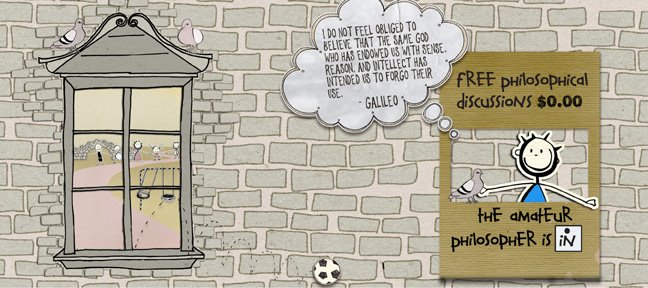It’s been a few years since I’ve done a jigsaw puzzle. But last month my youngest asked me to sit down with her and work on a small one that she got for Christmas.
This puzzle was of a horse wearing a Native American blanket. We went through all of the standard techniques for building a puzzle. First I propped up the box lid so we could see the picture that it was supposed to look like when it was finished. Then we proceeded to flip all of the pieces so that the picture side is up and the raw cardboard side was down. Next I started sorting out all of the pieces that had a flat side, assuming that these would be the border pieces. Ideally, in the process we’d find the four corner pieces. Then the two of us started sorting the pieces by color, trying to group the pieces into smaller groups to work on separately; horse, sky, grass, blanket, etc.
Next came the process of assembly. Each of us would pick up a piece and try to see how it fit into other sections that we’d already assembled. I started by looking at the picture and trying to establish the border. I don’t always start with the border but it seemed to work for this puzzle. Sometimes it’s easier to start with a predominant color and try to get it together first and then work in the border later. I don’t really have a preference as to which method I choose. It just depends on the puzzle.
Eventually you’ll end up with a few sections assembled but not linked together. At this point you start looking for pieces that have a little bit of two different things on it, pieces that could conceivably go into more than one pile. The pieces with a little grass and a little bit of horse help tie those together and the pieces with the grass and sky help defiant he horizon. The “ah ha” moments of most puzzles come when you can link two large parts together with just a few small pieces or sometimes with just one. The best pieces are the ones that help tie three different chunks together. Once you’ve linked them you start looking for support pieces that also connect those chucks. Those help reinforce that your linking pieces are correct. Sometimes they disconfirm and force you to look for new ways to link the puzzle together.
At some point it seems you are always stuck with a bunch of pieces of relatively the same color and your only clue as to how they need to be assembled is to look at the shape of the pieces themselves and try to make them work.
Using these methods we were able to assemble this 200 piece puzzle in about 15 or 20 minutes. It struck me that in order to assemble it we had to make several assumptions about the puzzle.
1. The picture on the puzzle is the same as the picture on the box. I’ve put puzzles together without the box just to see how much longer it would take. If I had to guess it’d take at least twice as long. I’ve also participated in a team building exercise where the puzzle was put into the wrong box with a similar but just different enough image n the outside.
2. The pieces only have images on one side and raw cardboard on the other. I have actually done a puzzle that had images on both sides, but the stamping process made for edges that were easy to determine which side of the piece was for image one and which was for image two.
3. Flat edges are for the border. It’d be really sneaky to see a puzzle that had a jagged edge to the image and flat pieces that but up together inside the body of the puzzle.
4. The completed puzzle has no missing pieces in the body. We’ve all been in the situation where we’ve lost one piece and we just don’t feel like we’ve finished it.
5. All of the pieces have to be used. Want to really throw your head for a loop? Throw in a few pieces from another puzzle just to spice things up. I remember doing a puzzle and my grandmother’s house and having exactly that problem. She’d found a few pieces on the floor and just threw them into the first box she found.
I can think of several more assumptions that we make when we try to make sense of the scrambled pieces in front of us. But this will do to start out with.
Lately I've been working on a puzzle that seems to violate all of these assumptions.
No picture on the outside of the box. No raw side to the puzzle and no obvious way to tell one side from the other. Flat edges in the middle and bumpy edges on the edges. A few holes in the main body. A few extra pieces from other puzzles.
And the coup de gras of the whole puzzle is that I have a few large chunks of the puzzle that don’t even attach to each other.
Anyway, that’s my little analogy for today. I think I stopped talking about jigsaw puzzles a few paragraphs ago.


Well, your analogy has less calories than Forrest Gumps, but I like it any way.
ReplyDeleteI once had a puzzle that was all yellow except for the little banana company sticker. All. Yellow. I must have been a very bored child, because I finished the thing.
ReplyDeleteCool. I once had a puzzle that every piece was exactly the same shape. they each looked like one of M.C. Escher's lizards.
ReplyDelete